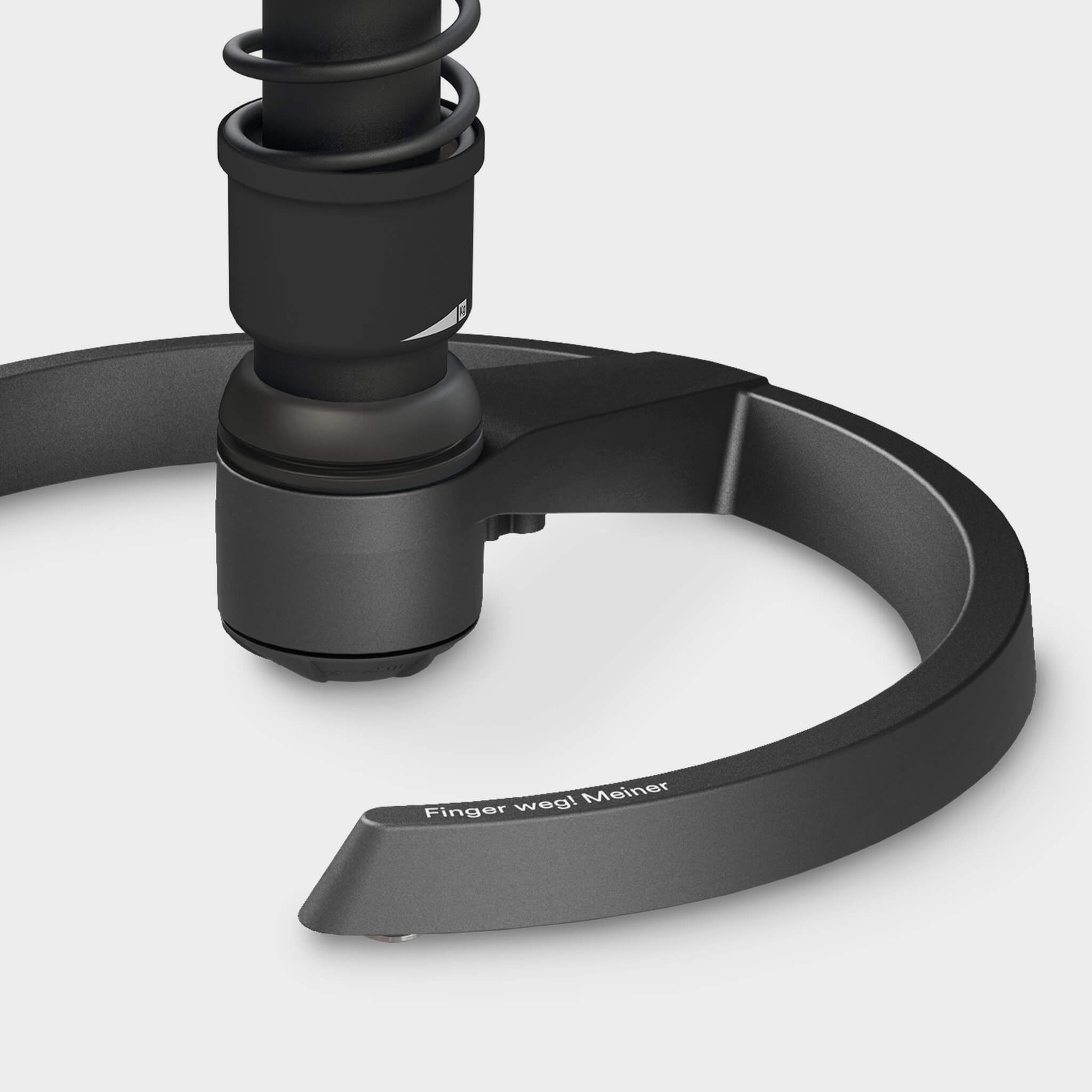Osteopathie – was ist das eigentlich?
Bei der Osteopathie handelt es sich um ein manuelles Verfahren zur Untersuchung und Behandlung von Bewegungsapparat, Organen und Gewebe, ausgehend davon, dass mögliche Beschwerden des Betroffenen die Folge von Bewegungseinschränkungen oder Blockaden sind. Die Osteopathie geht davon aus, dass der Körper – so denn keine Blockaden vorliegen – in der Lage ist, sich selbst zu heilen. Mit Hilfe der Osteopathie, die heute ergänzend zur Schulmedizin eingesetzt wird, wird nach den Ursachen und Auslösern der Beschwerden gesucht.
Dreh- und Angelpunkt: die Faszien
Begründet wurde die Methode vor über 130 Jahren vom amerikanischen Arzt Andrew Still. Die ganzheitliche Methode baut darauf, dass der Körper aus unzähligen Strukturen besteht, die im direkten oder im indirekten Zusammenhang stehen. Eine große Bedeutung haben dabei insbesondere die Faszien. Das sind die Bindegewebshüllen, die den ganzen Körper als ein verbindendes Spannungsnetzwerk durchdringen: die so genannten oberflächlichen Faszien (lockeres Bindegewebe und Fettgewebe), die tiefen Faszien (die faserreichen Bindegewebsschichten, die z. B. Muskeln und Knochen umschließen) und die viszeralen Faszien (zur Aufhängung und Einbettung der inneren Organe).
Was macht ein Osteopath?
Ein Osteopath untersucht aufgrund der genannten Beschwerden die Bewegungsmöglichkeiten bzw. Bewegungseinschränkungen von Skelett oder einzelnen Knochen, von Organen und Gewebe mit seinen Händen. Kennt er die Ursachen für die Beschwerden (die Blockaden und Bewegungseinschränkungen), wird er den Patienten durch Manipulation, Muskeltechniken und Mobilisation behandeln. Das heißt, dass er bei der Behandlung mit den Händen den Richtungen und Bewegungen der Faszien folgt und dabei die Verspannungen, die er findet, löst. Es wird dabei unterschieden zwischen der viszeralen Osteopathie, die sich mit den Organen und ihre Durchblutung und Fixierung beschäftigt, der parietalen Osteopathie zur Therapie von Muskeln, Knochen und Gelenke, und der kraniellen Osteopathie zur Behandlung des Kopfes.
Ein Patient muss sich darüber im Klaren sein, dass ein Osteopath nicht heilt. Vielmehr löst er die Blockaden und Bewegungseinschränkungen und regt damit den Körper zur Selbstheilung an.
Für wen empfiehlt sich Osteopathie?
Insbesondere bei Patienten mit chronischen Beschwerden, wie zum Beispiel Migräne, Asthma oder Rückenschmerzen findet die Osteopathie immer mehr Zuspruch. Grundsätzlich sollte mit dem behandelnden Arzt besprochen werden, inwieweit er die Unterstützung durch Osteopathie für geeignet hält, da es tatsächlich auch Erkrankungen gibt, die sich durch die Behandlung verschlimmern. Wer unter Rückenschmerzen leidet, kann zusätzlich zur Behandlung dafür sorgen, dass er zumindest tagsüber richtig und bewegt sitzt – zum Beispiel auf einem Aktiv-Stuhl von Aeris.
Was kostet Osteopathie – und wer zahlt?
Eine Behandlung kann bis zu 120 Euro pro Stunde kosten. Ob und in welcher Höhe eine Krankenkasse oder eine Krankversicherung für die Kosten aufkommt, sollte im Vorfeld geklärt werden. Es haben aber immer mehr Versicherungen und gesetzliche Kassen die Vorteile der Behandlung erkannt, deshalb übernehmen mittlerweile viele Kassen die Kosten zumindest teilweise.
Wer kann Osteopath werden?
Die mindestens vierjährige Ausbildung findet in der Regel an privaten Osteopathie-Schulen statt und kann berufsbegleitend von Ärzten (Orthopäden), Heilpraktikern oder Physiotherapeuten besucht werden, mindestens sollte ein Abitur vorgewiesen werden. Seit einigen Jahren wird von der Hochschule Fresenius sowohl auch ein Vollzeit-Bachelor- als auch ein Masterstudiengang angeboten. Mehr Informationen hierzu bietet auch der VOD e.V. (Bundesvertretung der Osteopathen in Deutschland).
Wer mehr über das Thema wissen möchte, findet viele wertvolle Informationen auf der Homepage des VOD unter www.osteopathie.de.
